The Crucial Differences Between 15-Amp and 20-Amp Outlets
Have you ever wondered why some electrical outlets in your home look slightly different from others? The answer lies in the amperage rating, specifically the difference between 15-amp and 20-amp outlets. Understanding these distinctions is crucial for any DIY enthusiast or homeowner looking to tackle electrical projects. In this article, we’ll dive deep into the world of electrical outlets, exploring the key differences between 15-amp and 20-amp options and helping you make informed decisions for your home’s electrical needs.
As we unravel the mysteries of these two outlet types, you’ll gain valuable insights into their capabilities, safety features, and appropriate applications. Whether you’re planning a home renovation, upgrading your workshop, or simply curious about the electrical infrastructure in your house, this guide will equip you with the knowledge to navigate the world of outlets with confidence.
Basic Differences Between 15-Amp and 20-Amp Outlets
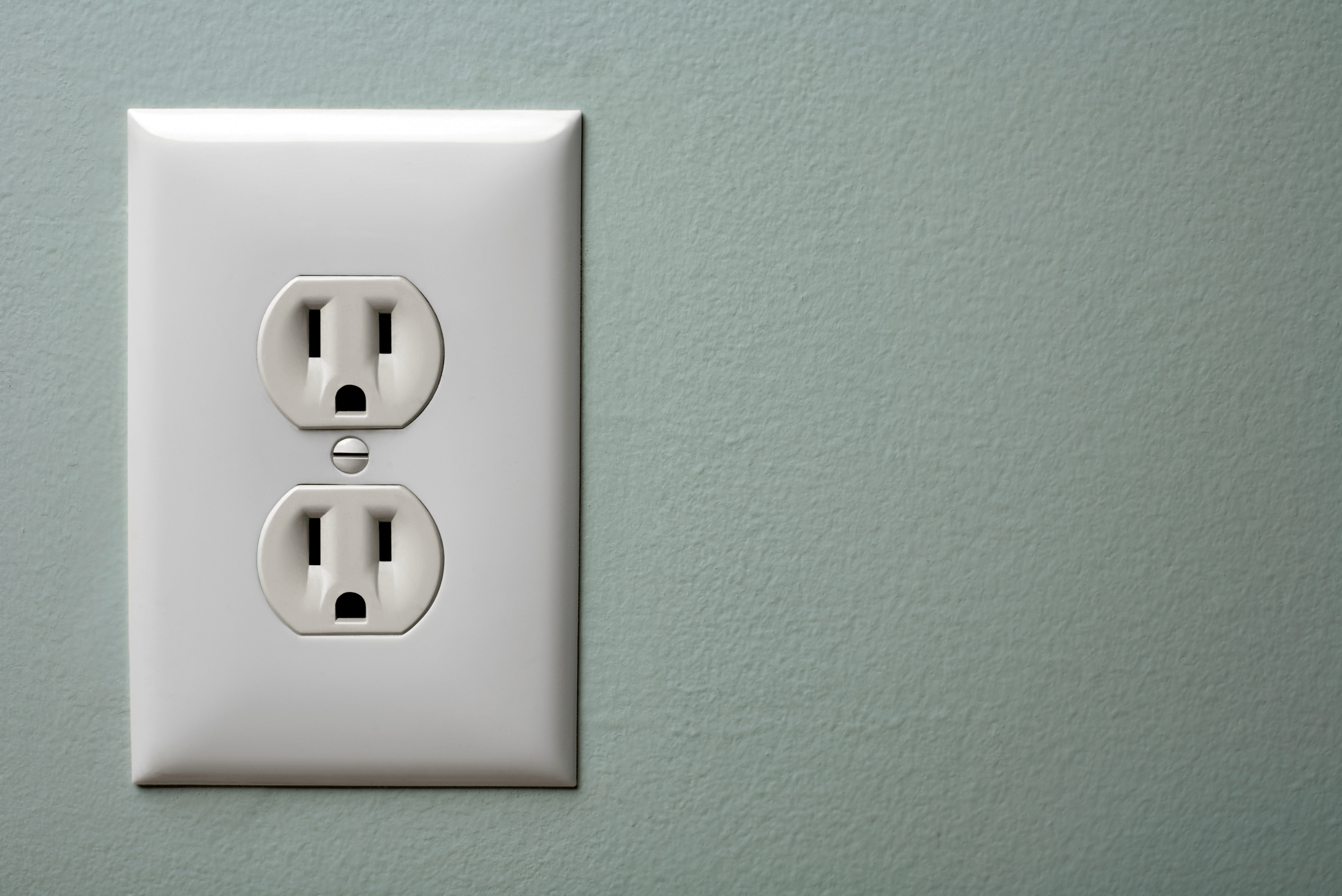
At first glance, 15-amp and 20-amp outlets may seem nearly identical, but there are fundamental differences that set them apart. The most significant distinction lies in their power capacity. A 15-amp outlet is designed to handle a maximum of 1,800 watts (15 amps x 120 volts), while a 20-amp outlet can support up to 2,400 watts (20 amps x 120 volts). This increased power capacity makes 20-amp outlets suitable for appliances and tools that require more electricity to operate efficiently.
Another key difference is the wiring required for each outlet type. 15-amp outlets typically use 14-gauge wire, while 20-amp outlets require thicker 12-gauge wire to safely handle the increased electrical load. This difference in wiring is crucial for maintaining the safety and integrity of your home’s electrical system. It’s important to note that while a 15-amp plug can be used in a 20-amp outlet, the reverse is not true due to safety considerations.
How to Identify 15-Amp vs. 20-Amp Outlets Visually
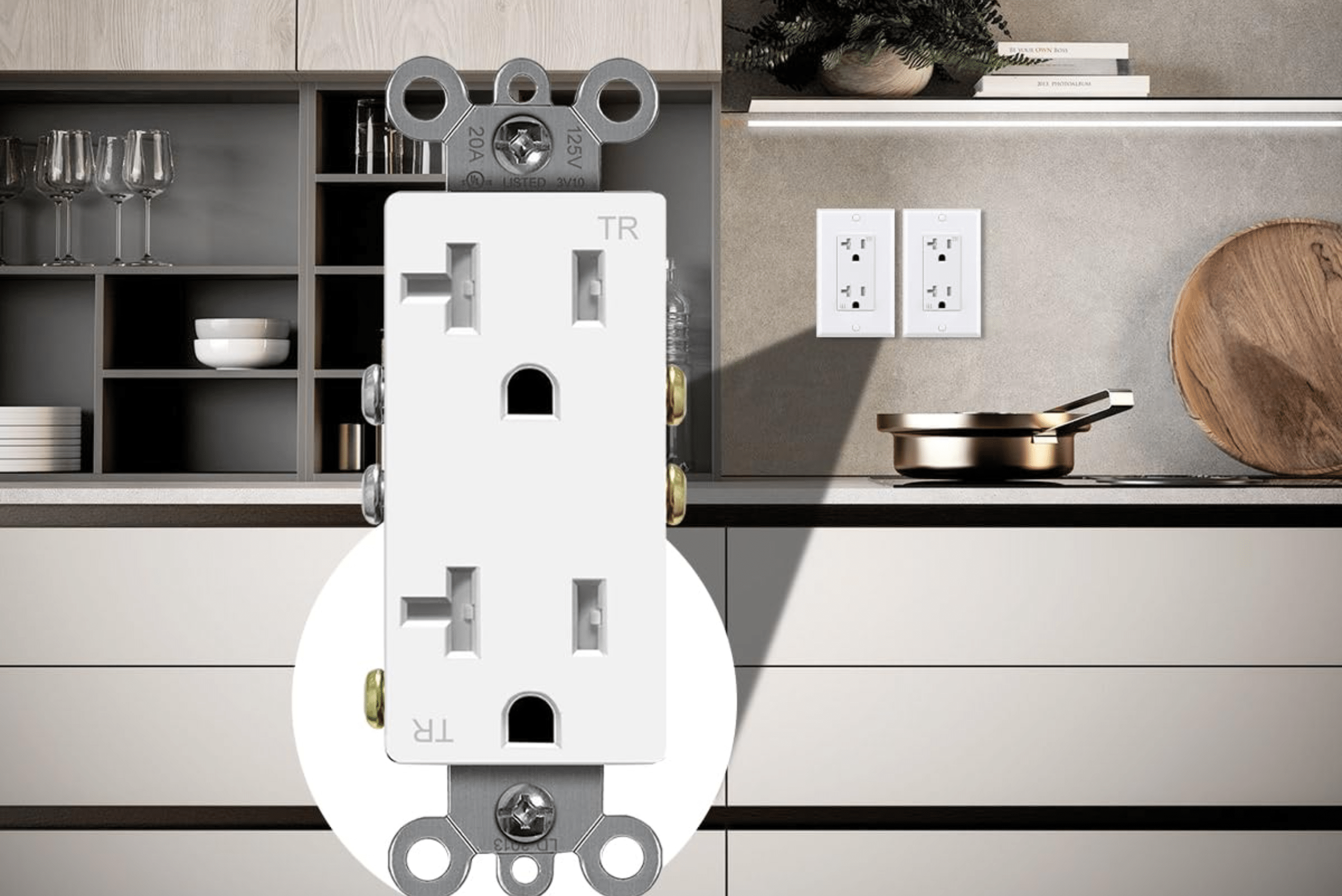
One of the easiest ways to distinguish between 15-amp and 20-amp outlets is by examining their physical appearance. A standard 15-amp outlet features two vertical slots and a round grounding hole. The left slot (when facing the outlet) is slightly larger than the right slot. This configuration is designed to accommodate polarized plugs, ensuring that devices are plugged in correctly for safe operation.
In contrast, a 20-amp outlet has a distinctive T-shaped slot on the left side, in addition to the standard vertical slot on the right and the round grounding hole. This T-shaped slot allows for the insertion of both 15-amp and 20-amp plugs, providing greater versatility. The unique shape of the 20-amp outlet serves as a visual indicator of its higher power capacity and helps prevent the accidental use of devices that require more power than a 15-amp outlet can safely provide.
Power Capacity and Rating of Each Outlet
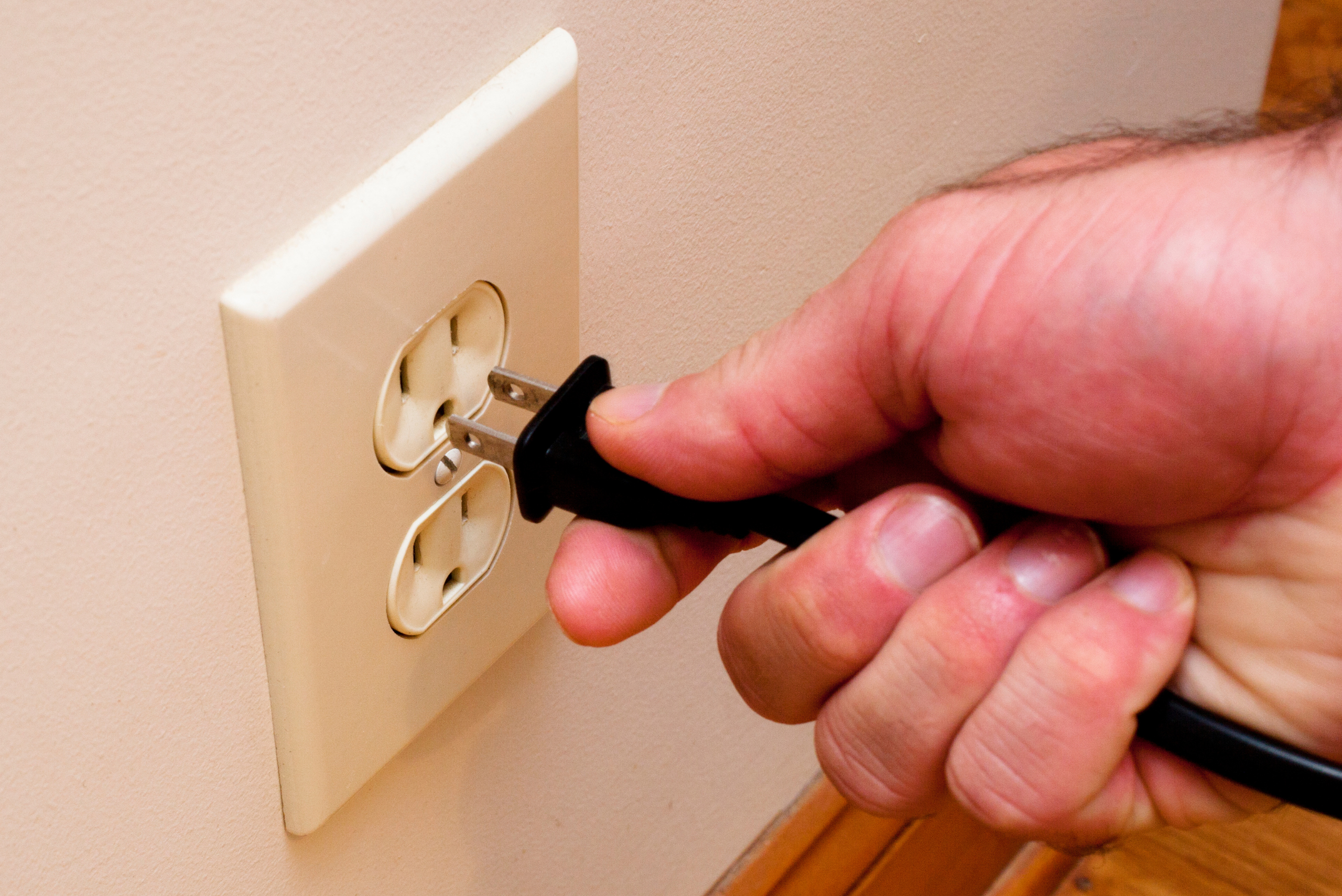
Understanding the power capacity of 15-amp and 20-amp outlets is crucial for safely operating electrical devices and appliances. As mentioned earlier, a 15-amp outlet can handle up to 1,800 watts, while a 20-amp outlet can support up to 2,400 watts. This difference in power capacity has significant implications for the types of devices and appliances you can use with each outlet type.
For most household applications, such as lamps, televisions, and small kitchen appliances, a 15-amp outlet is sufficient. However, larger appliances like refrigerators, washing machines, and power tools often require the increased capacity of a 20-amp outlet. It’s important to note that while a single high-wattage device may work on a 15-amp circuit, using multiple devices simultaneously can overload the circuit and trip the breaker. This is where the additional capacity of a 20-amp outlet becomes valuable, allowing for greater flexibility in powering multiple devices or energy-intensive appliances.
Choosing the Right Outlet for Your Needs for Safety
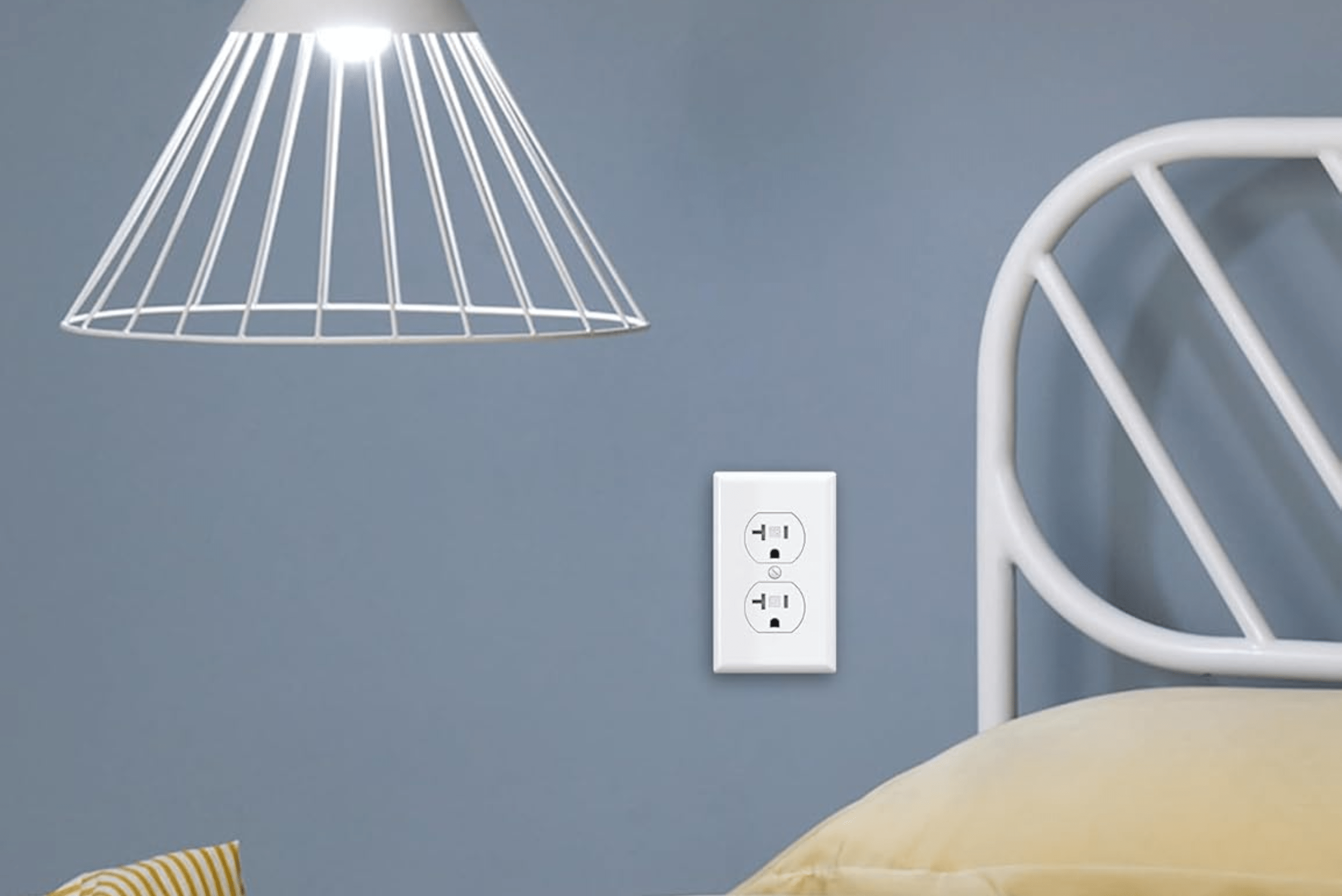
When it comes to electrical safety, choosing the appropriate outlet for your needs is paramount. Using a 15-amp outlet for devices that require more power can lead to overheating, potentially damaging the device or even starting an electrical fire. This is why it’s crucial to match the outlet type to the power requirements of the devices you plan to use.
Another safety consideration is the use of ground fault circuit interrupter (GFCI) outlets in areas prone to moisture, such as kitchens, bathrooms, and outdoor spaces. GFCI outlets are available in 15-amp and 20-amp versions and provide an additional layer of protection against electrical shocks. When installing new outlets or upgrading existing ones, always consult local building codes and consider hiring a licensed electrician to ensure that your electrical system meets all safety standards.
Wiring Requirements That You Need to Know for Installation
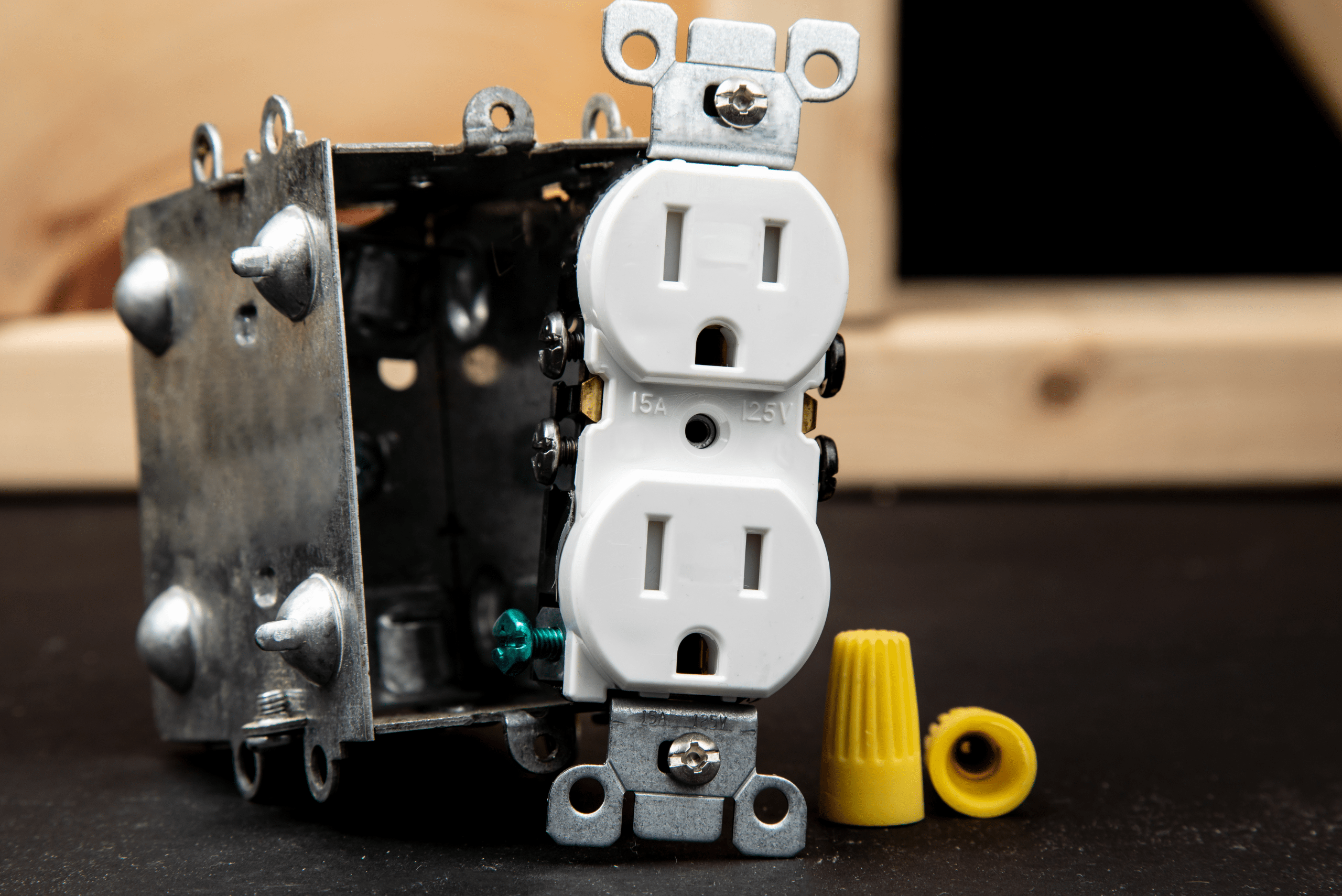
If you’re planning to install new outlets or upgrade existing ones, it’s essential to understand the wiring requirements for both 15-amp and 20-amp circuits. As mentioned earlier, 15-amp circuits typically use 14-gauge wire, while 20-amp circuits require 12-gauge wire. This difference in wire gauge is crucial for safely handling the increased electrical load of a 20-amp circuit.
When working with electrical wiring, it’s important to follow proper color coding conventions. In most residential applications, black wires are used for hot connections, white wires for neutral, and green or bare copper wires for grounding. Always ensure that the wire gauge matches the amperage rating of the circuit breaker and outlet. If you’re unsure about the wiring in your home or lack experience with electrical work, it’s best to consult a professional electrician to ensure that your installation is safe and up to code.
When to Use 15-Amp vs. 20-Amp Outlets
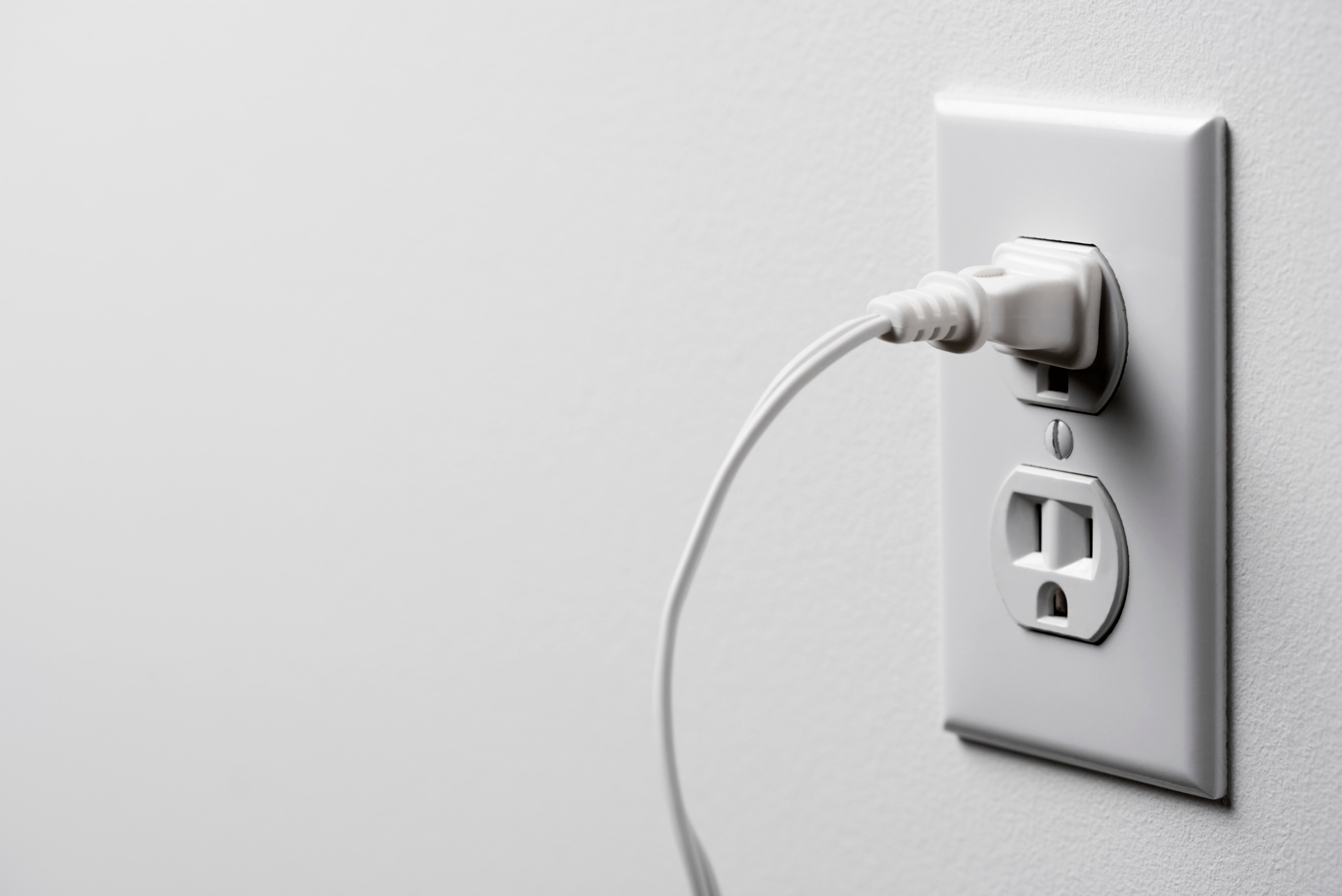
Choosing between 15-amp and 20-amp outlets depends on the specific needs of each room or area in your home. In general, 15-amp outlets are suitable for most living spaces, bedrooms, and areas where low-power devices are primarily used. These outlets are typically sufficient for powering lamps, televisions, computers, and other small electronics.
On the other hand, 20-amp outlets are ideal for areas that require more power or where multiple high-wattage devices may be used simultaneously. Kitchens, laundry rooms, garages, and workshops often benefit from 20-amp outlets. These areas frequently house appliances like refrigerators, microwaves, washing machines, and power tools that demand more electricity. Additionally, home offices with multiple computers, printers, and other electronics may require the increased capacity of a 20-amp circuit to prevent overloading.
Related Articles
- How to Use a Voltage Tester for Safe Electrical Work
- How to Reset an Outlet [DIY Electrician]
- How to Rough In Electrical Wiring For Your Home
As we’ve explored the differences between 15-amp and 20-amp outlets, it’s clear that both have their place in a modern home’s electrical system. Understanding these distinctions empowers you to make informed decisions about your electrical needs, whether you’re building a new home, renovating an existing space, or simply upgrading your outlets.
Remember that electrical work can be dangerous and complex. While this guide provides a solid foundation of knowledge, it’s always best to consult with a licensed electrician for any major electrical projects or if you’re unsure about the safety of your current setup.
Ready to start your next project? Join our DIY community to receive tool tips, how-to guides, and exclusive creative insights. Subscribe to the ManMadeDIY newsletter now! Click here to unlock a world of hands-on inspiration.









